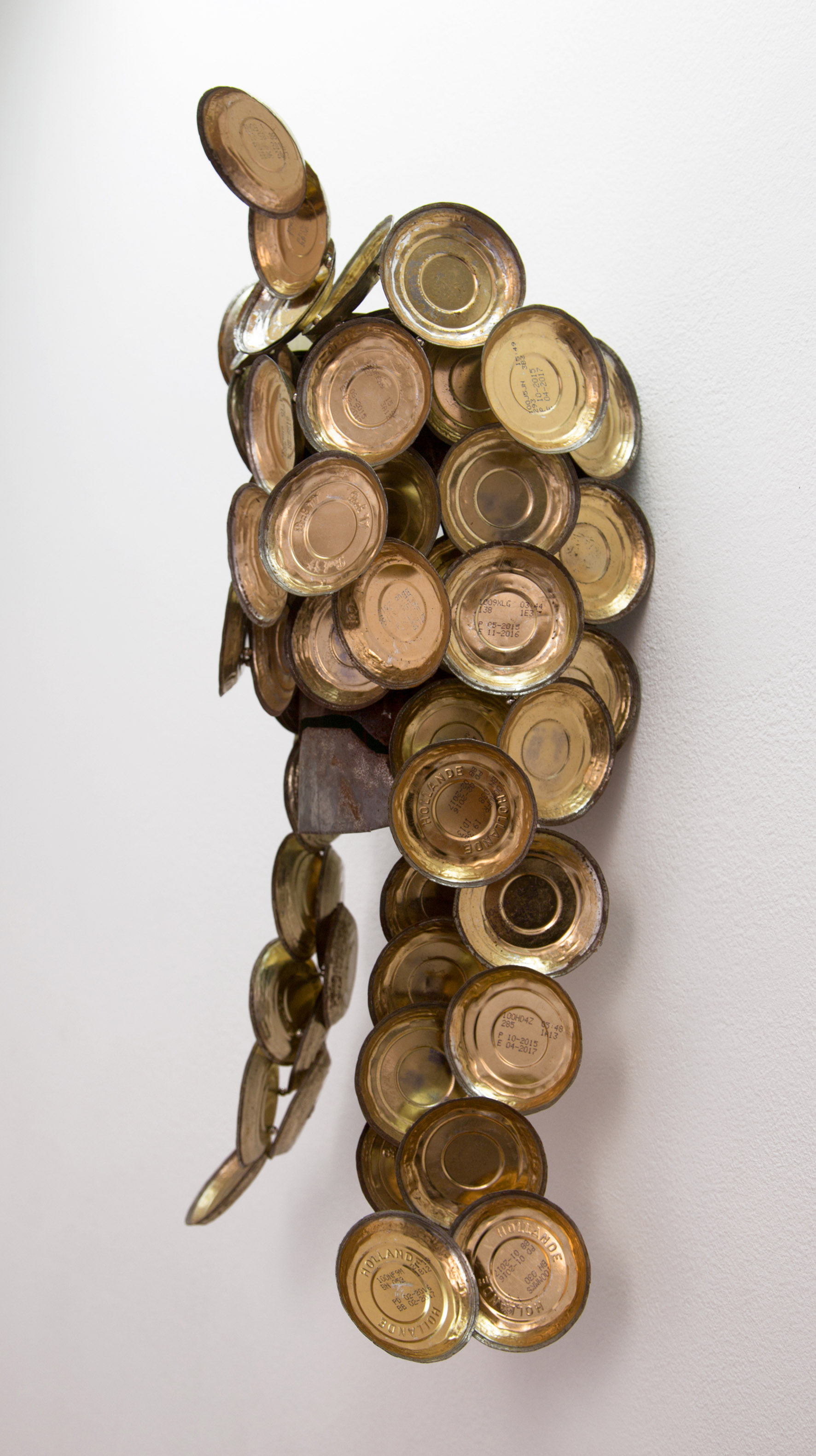EMO DE MEDEIROS
transmutations
curated by Manuela de Barros
from September 3 to 24, 2016
\
commissariat de Manuela de Barros
du 3 au 24 septembre 2016
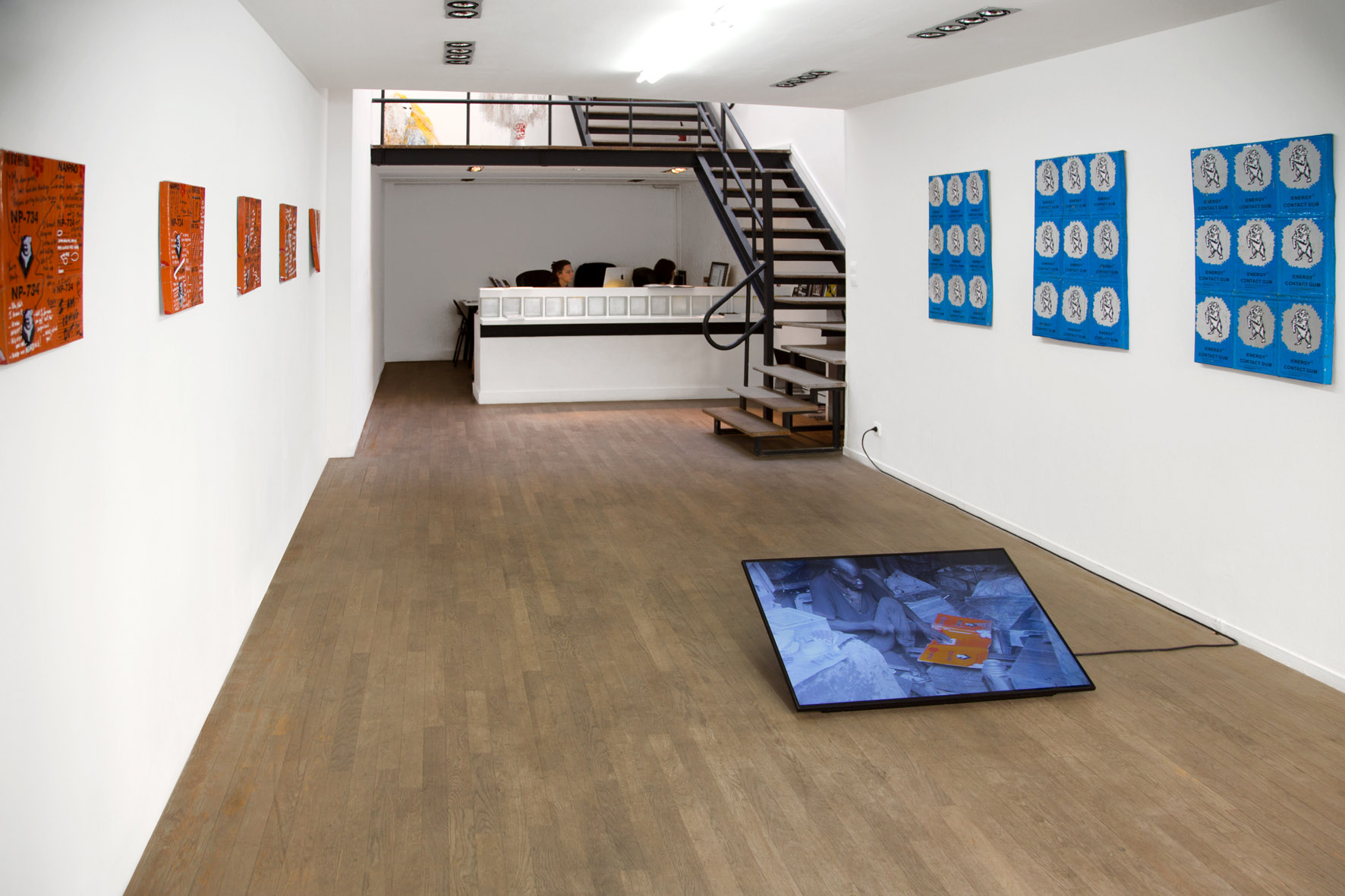
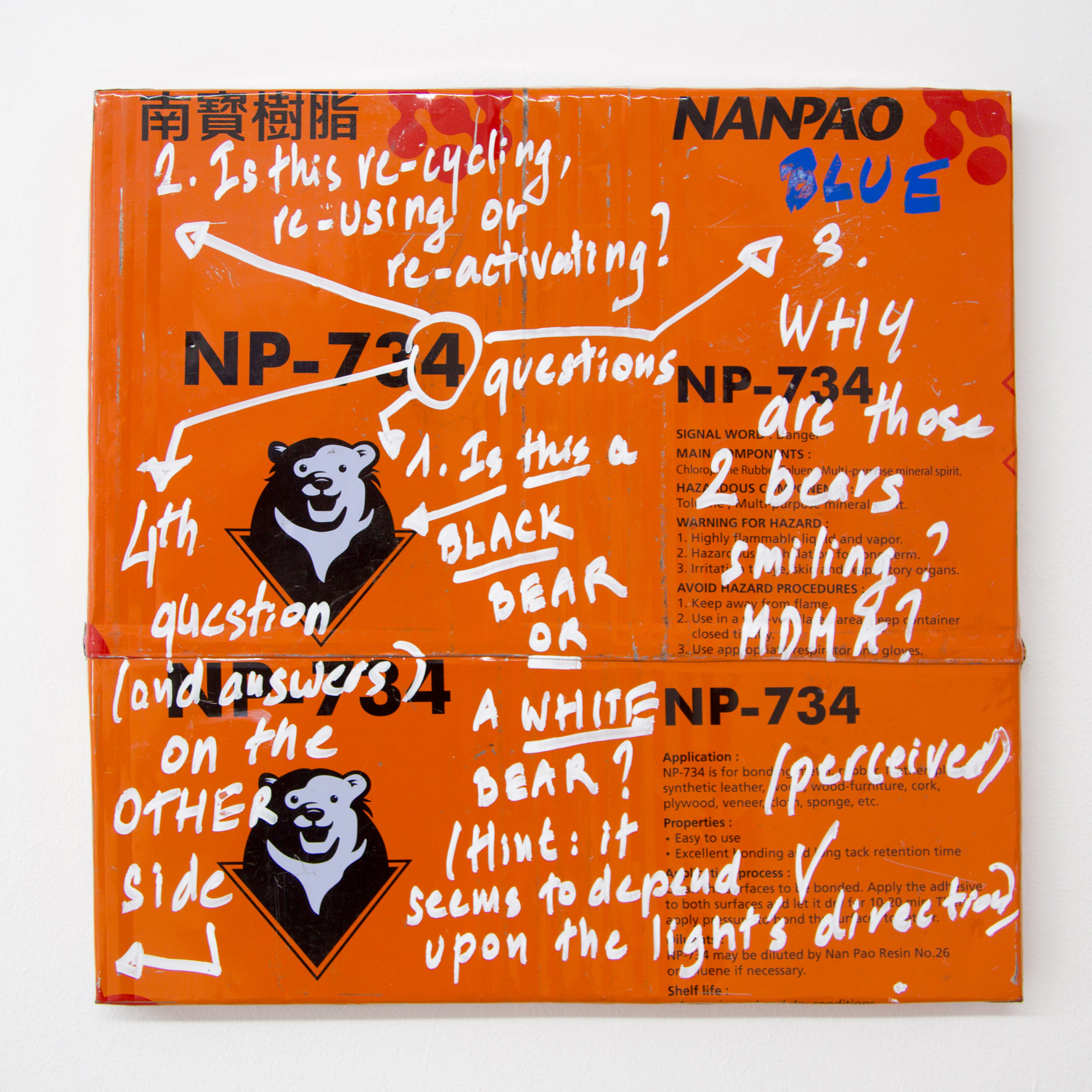

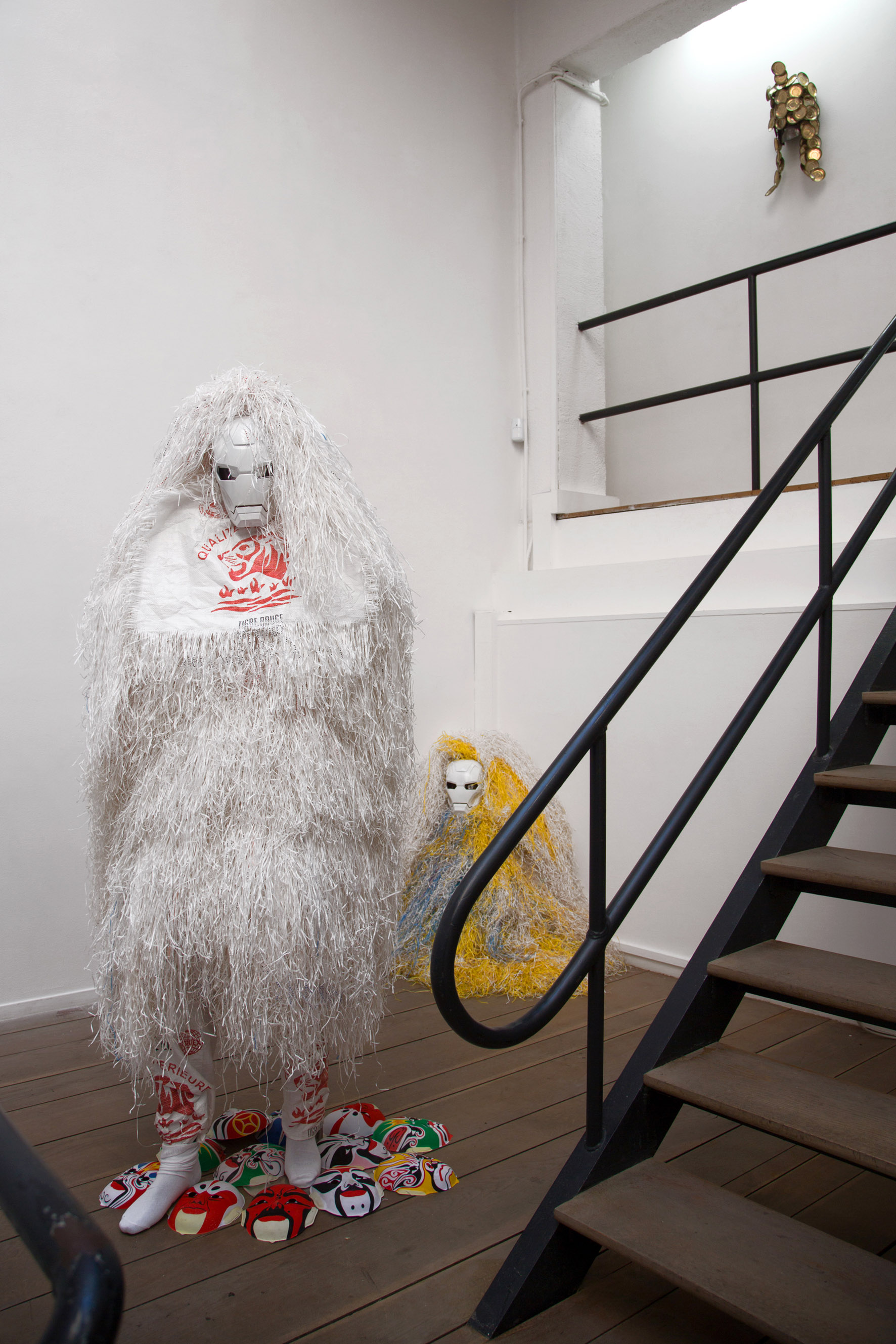
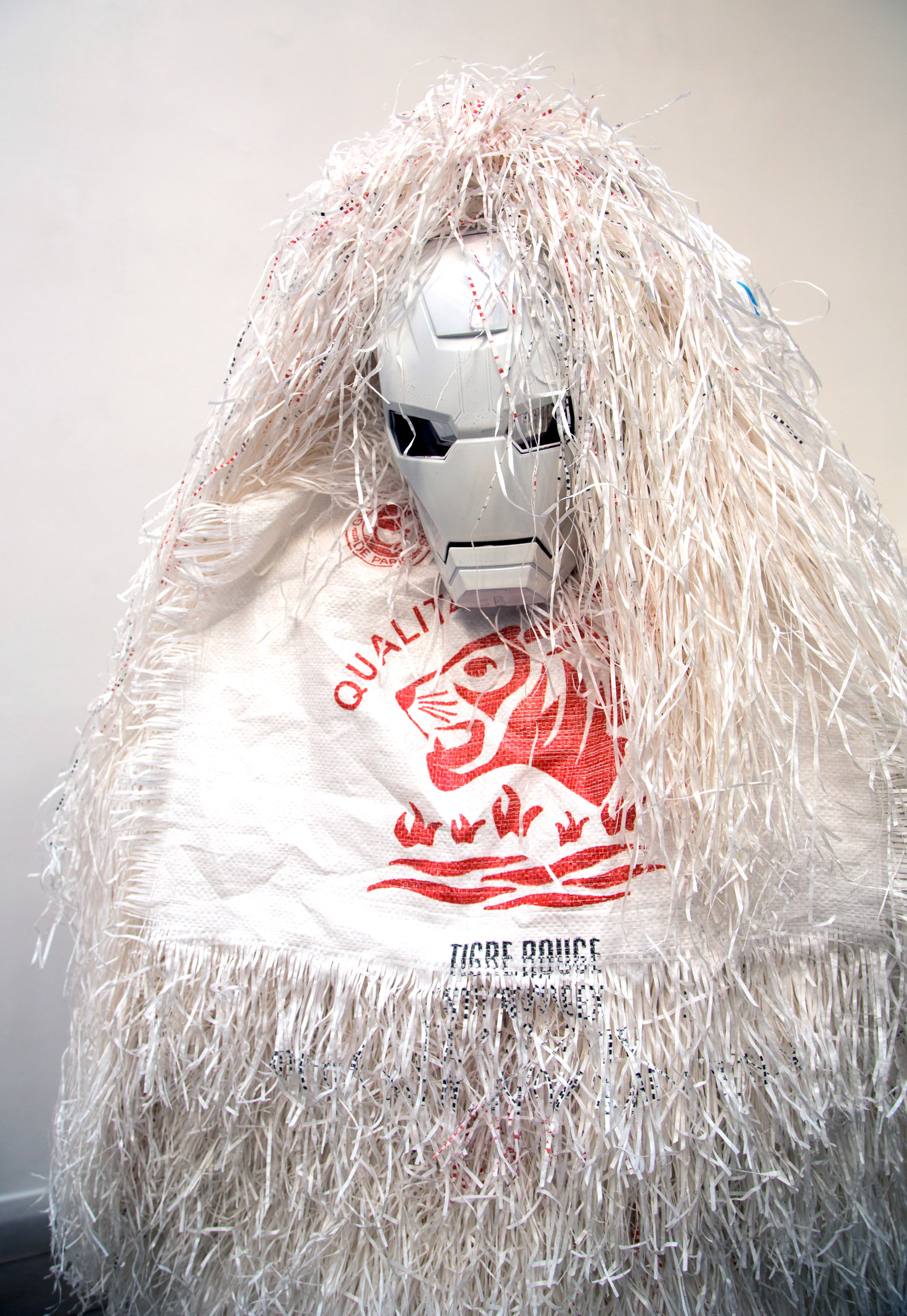
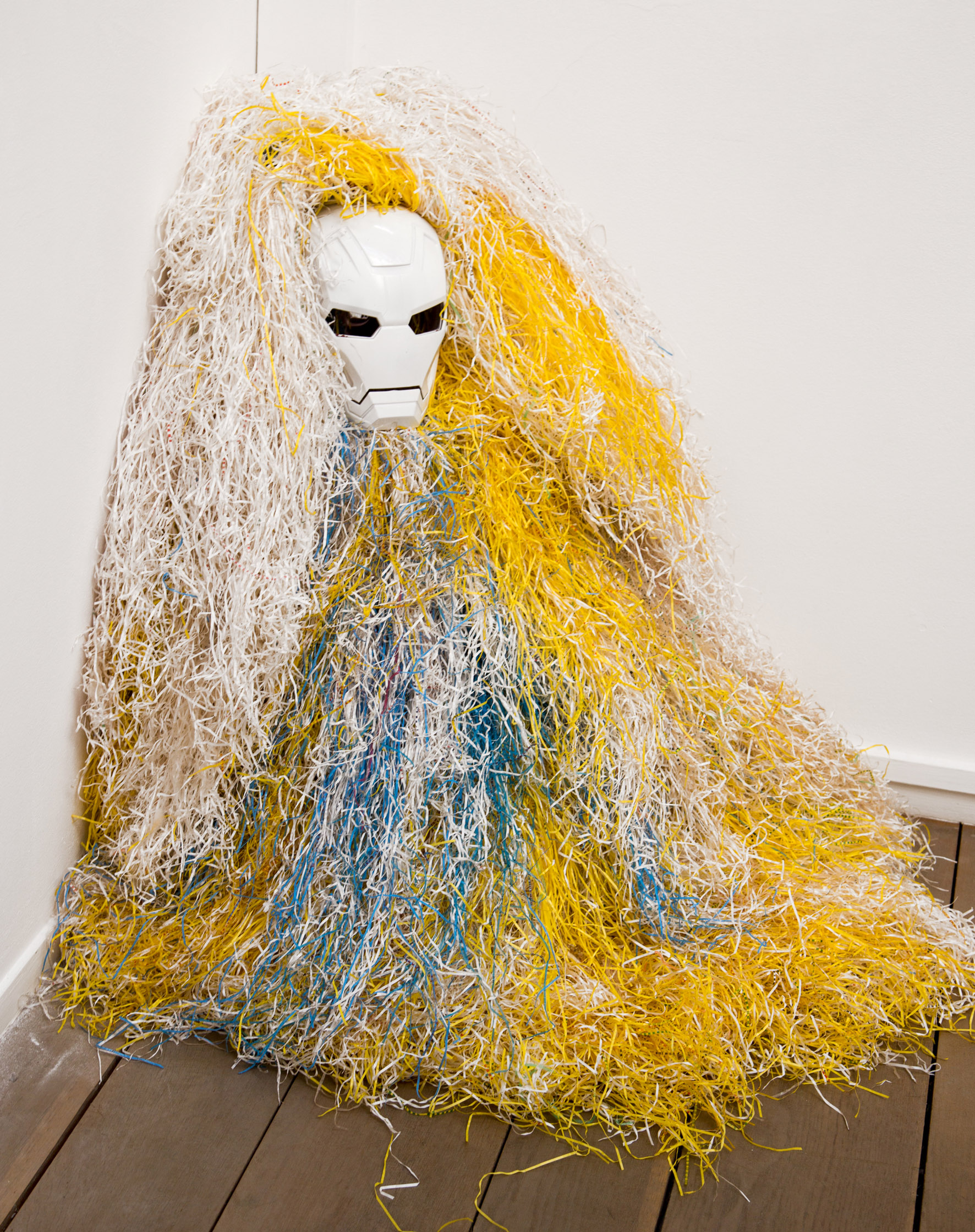
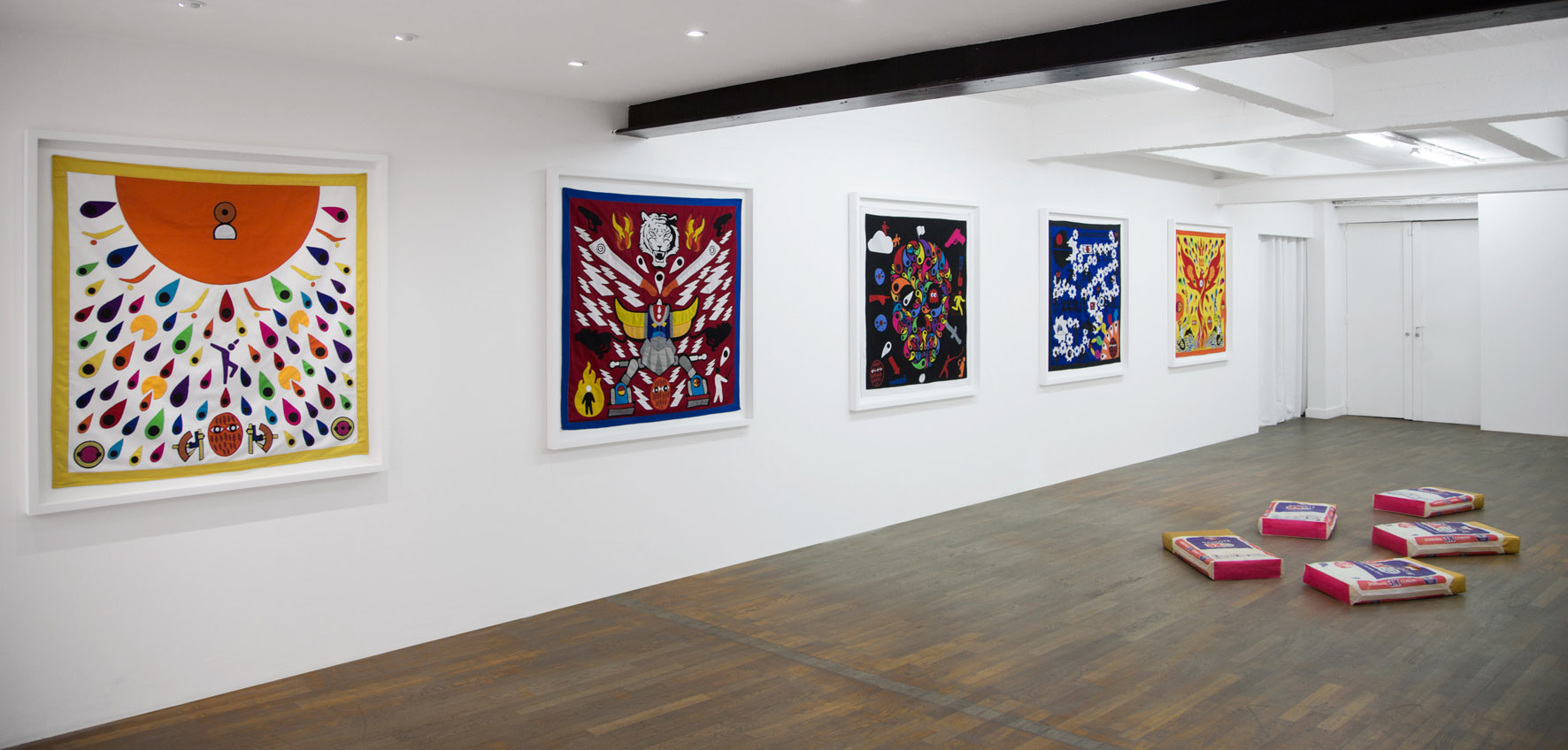
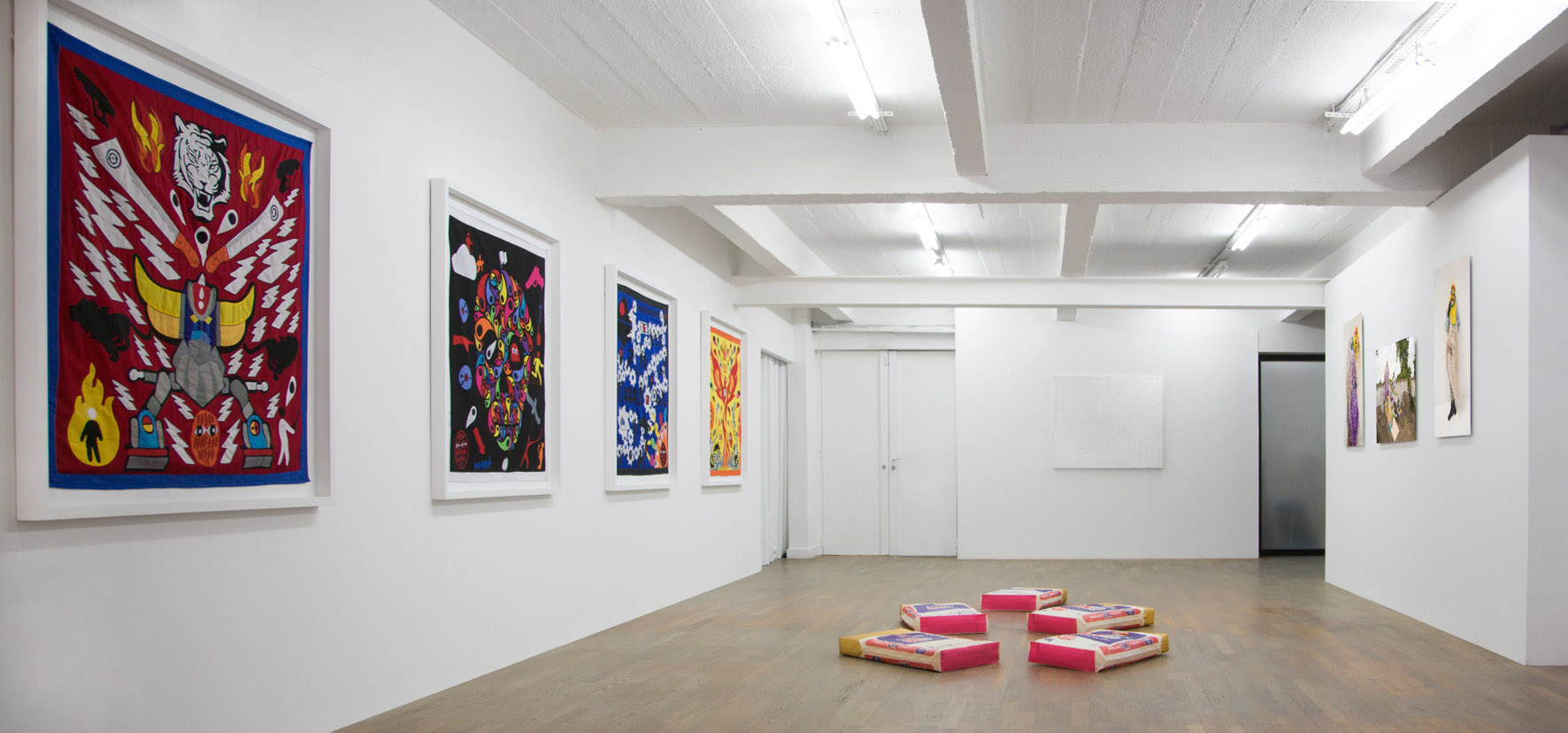
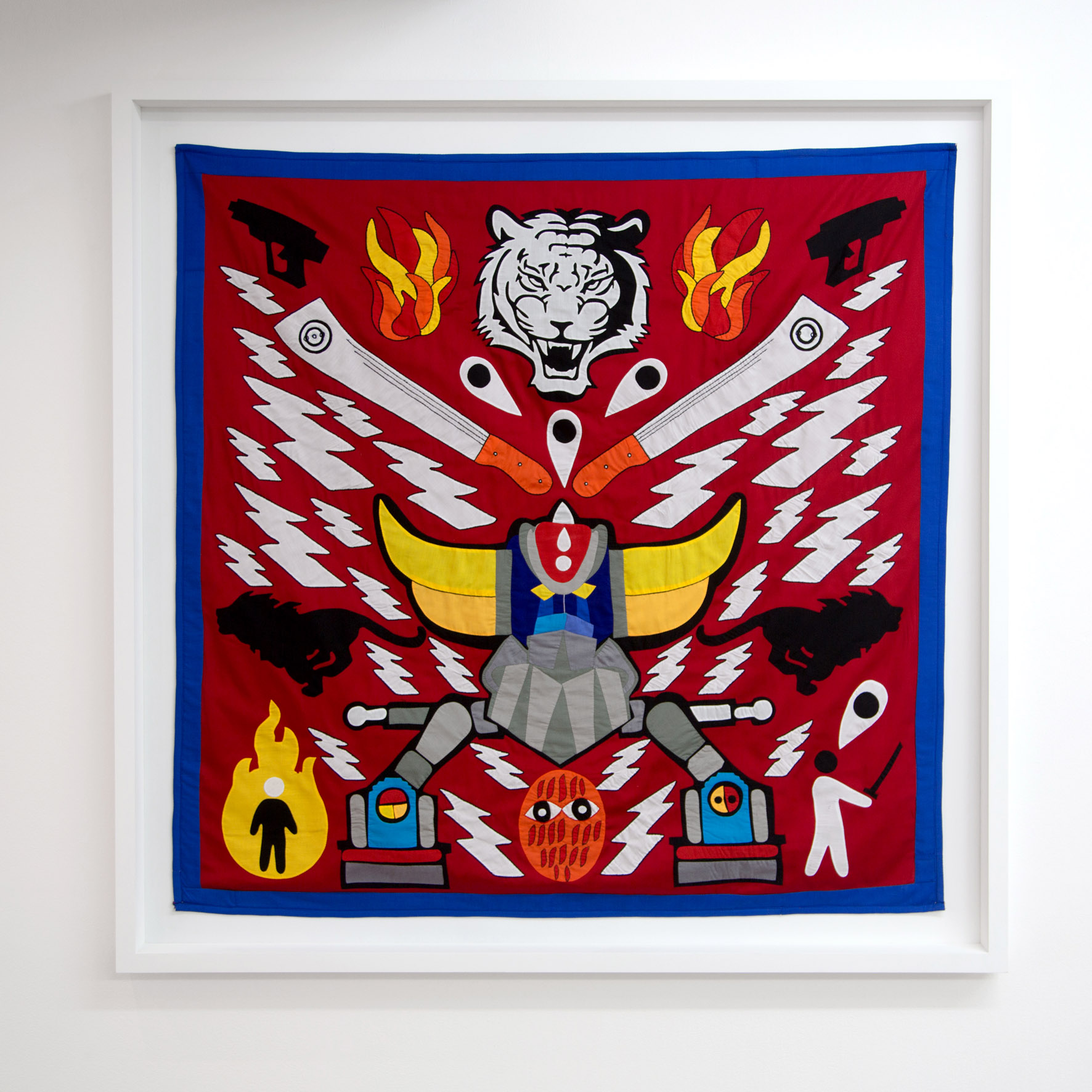
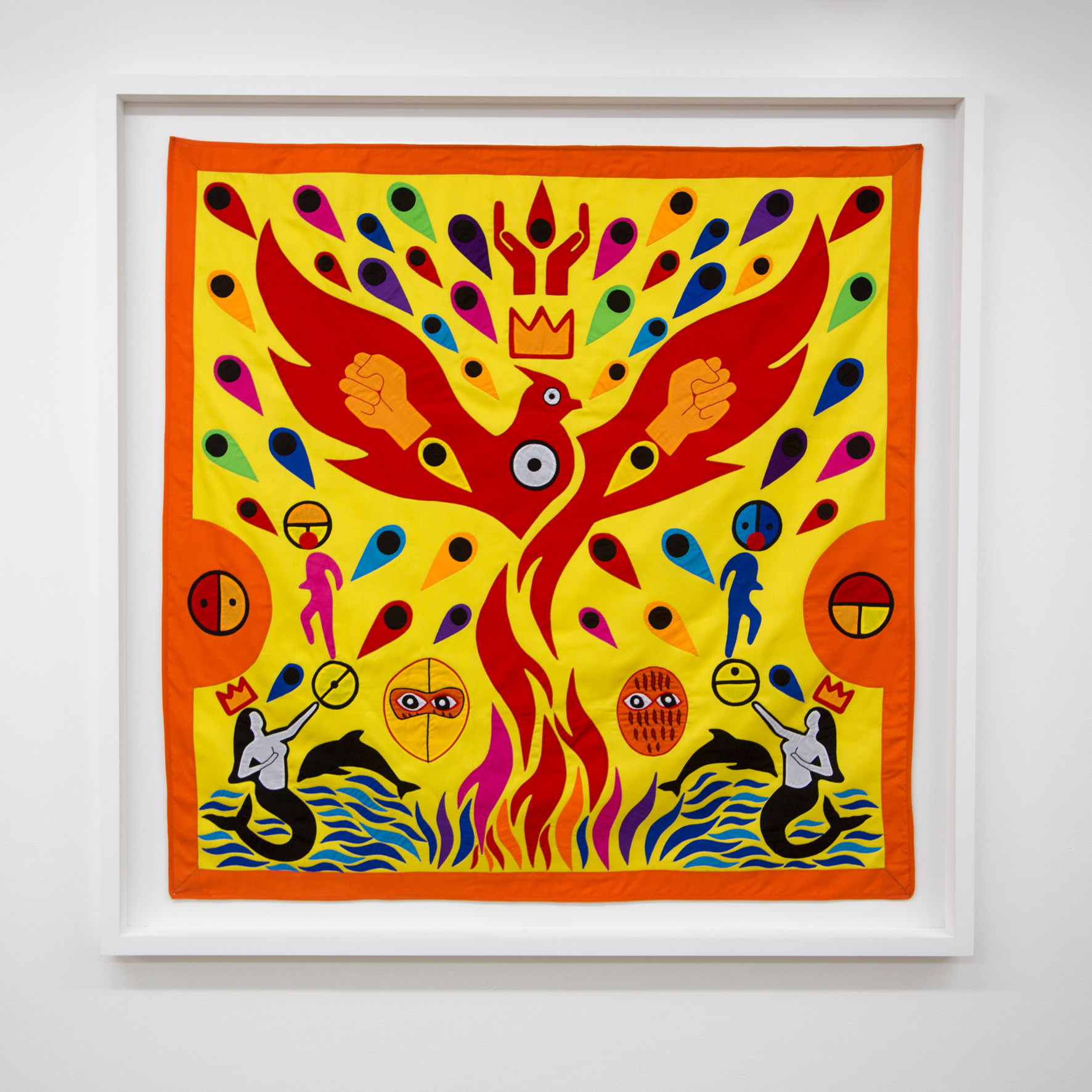


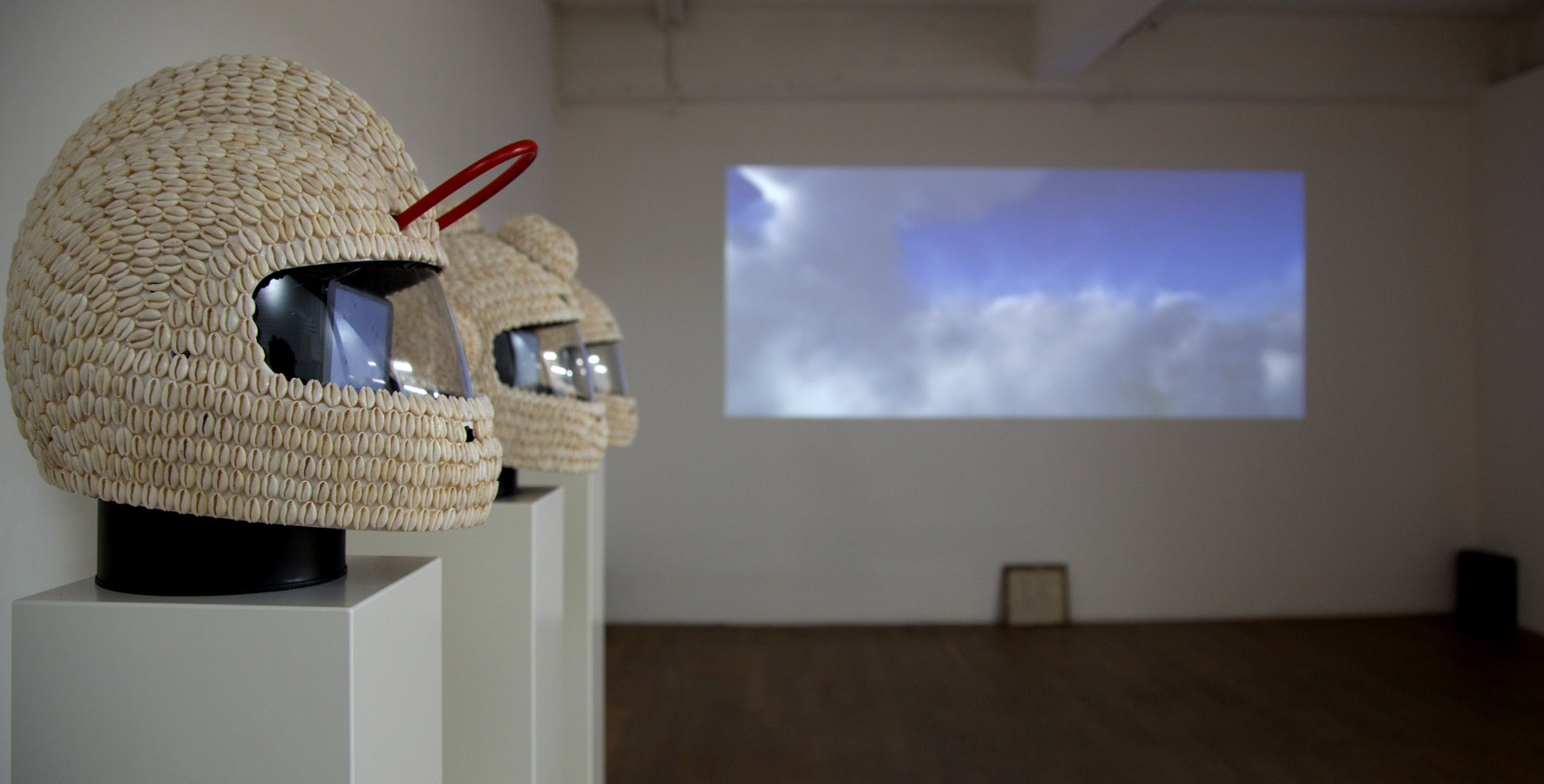

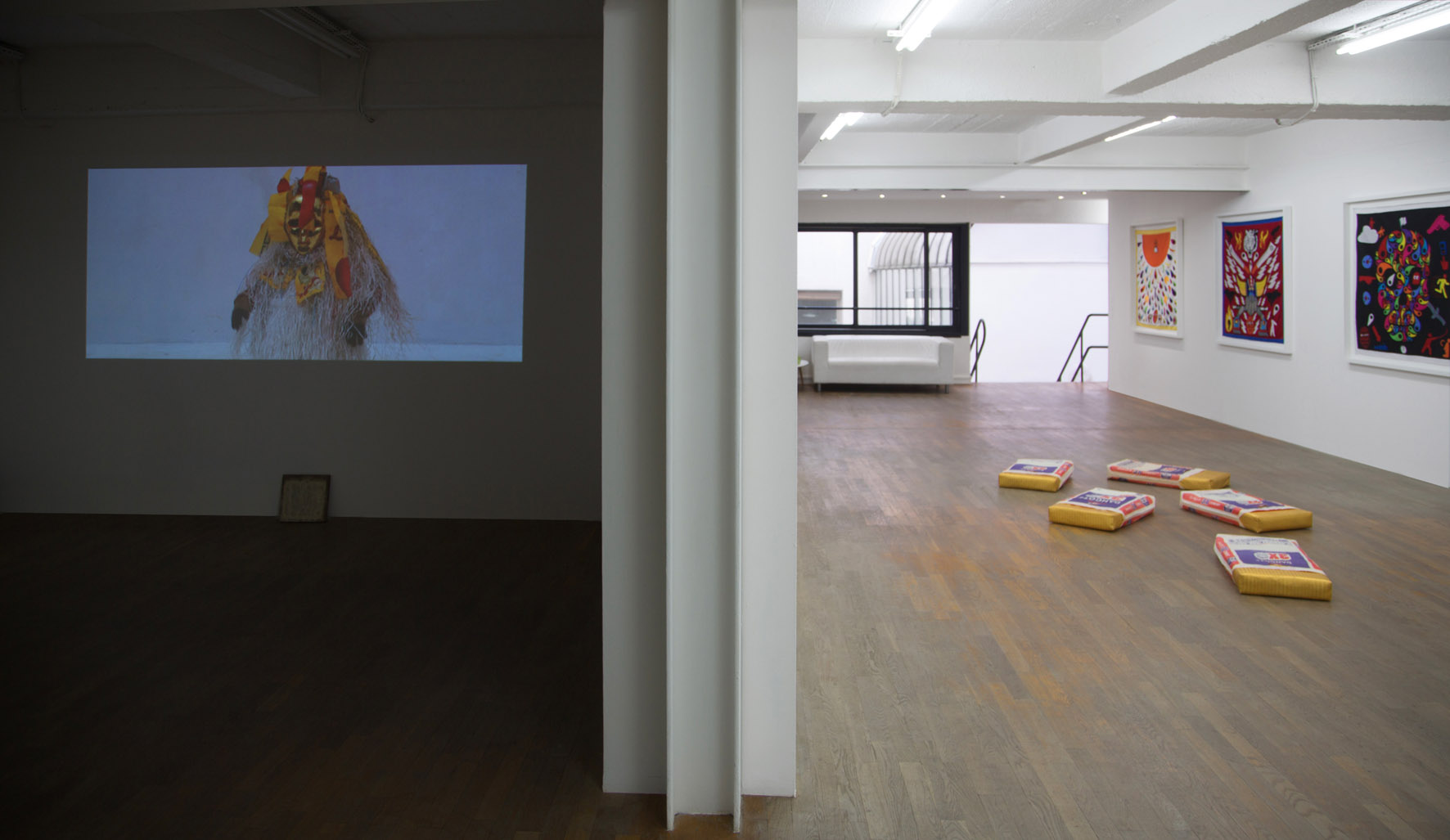

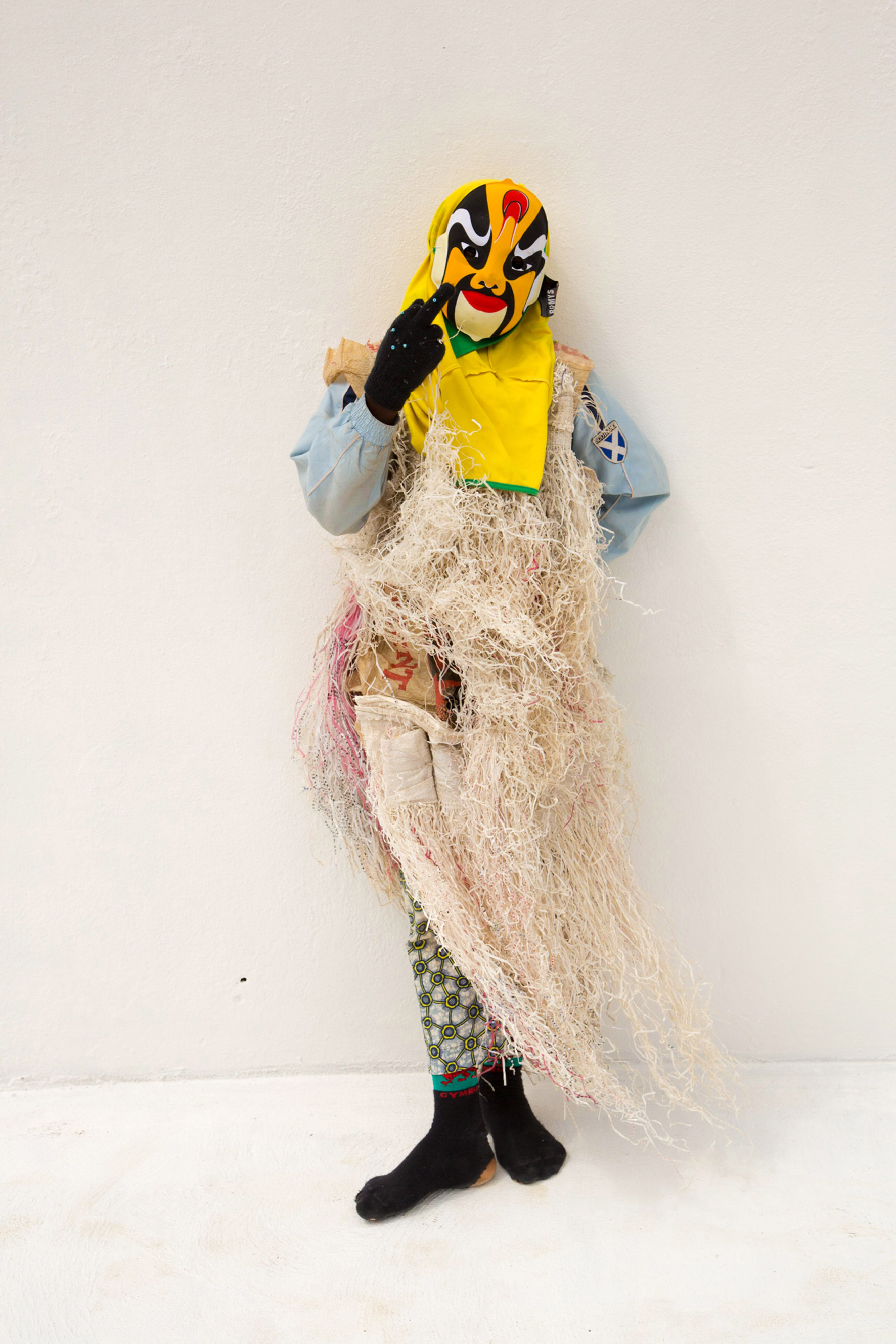
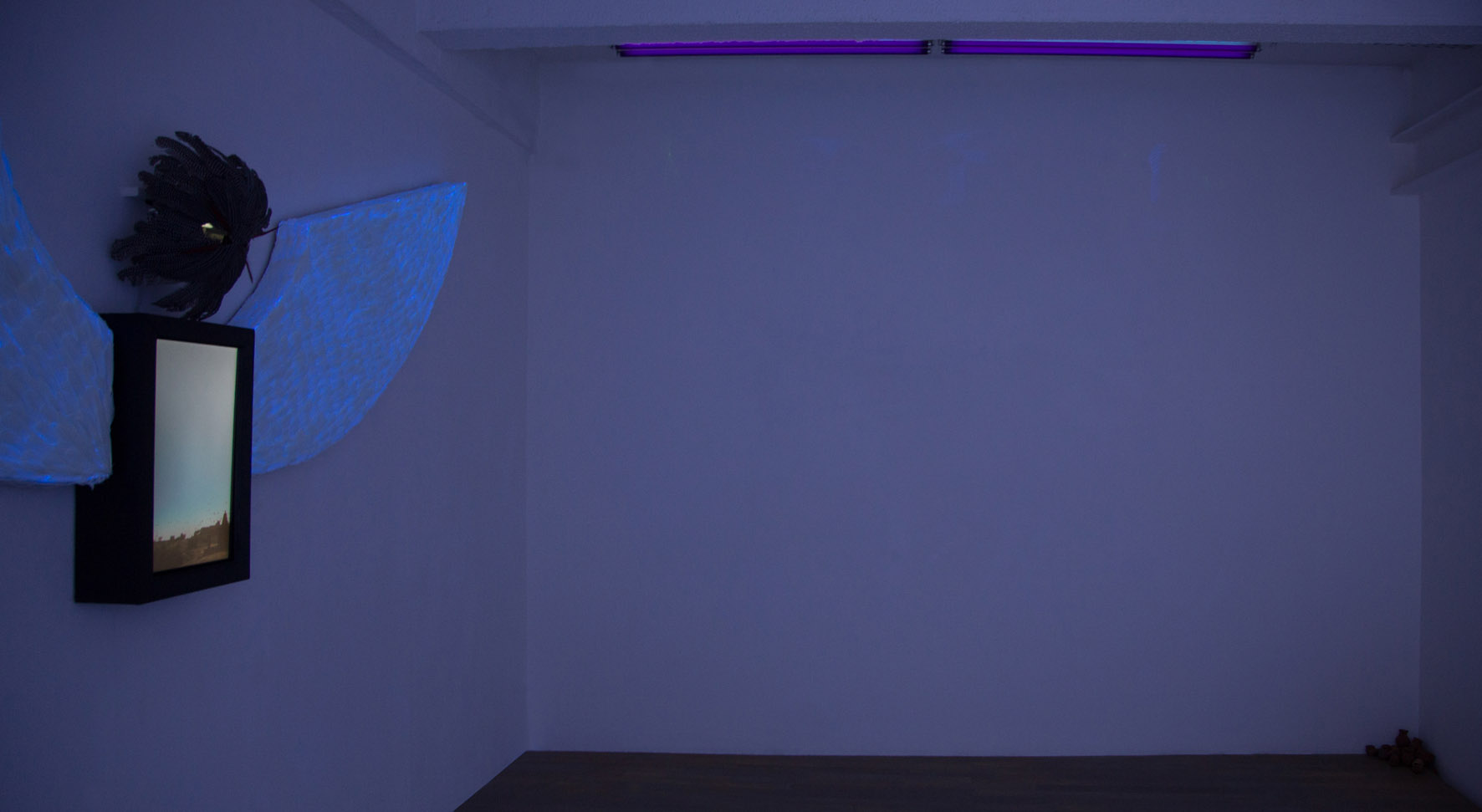


COMMUNIQUÉ EN FRANÇAIS CI-DESSOUS
Backslash is delighted to announce Transmutations, a solo show of works by Emo de Medeiros curated by Manuela de Barros. Transmutations is an exploration of de Medeiros’ recent works, designed as a journey of initiation that spans three continents (Africa, Asia and Europe), contexturing art with transcendence, spirituality with technology, narration with History, information with transformation.
The exhibition is inspired by the idea of the monomyth, a word coined by James Joyce in Finnegans Wake and introduced by Joseph Campbell in his seminal work The Hero with a Thousand Faces. Campbell tells us that: ‘A hero ventures forth from the world of common day into a region of supernatural wonder: fabulous forces are there encountered and a decisive victory is won. The hero comes back from this mysterious adventure with the power to bestow boons on his fellow man.’ The show is structured around a series of stations, each one symbolic of archetypal heroic adventures.
Invocation: visitors are welcomed to the exhibition by an Electrofetish which, in return for a digital offering, sends a propitiatory message to visitors’ smartphones, acting as an incitement to adventure.
Revelation: walls are hung with Metal Canvasses, created in Benin from steel produced in China. Placed under the sign of the Bear (the alchemical symbol for the Black Phase of the Great Transmutation), they feature poetical and cryptic inscriptions on the front, and on the back are other works only physically visible to collectors who acquire them. A video projection on the floor displays brief glimpses of these hidden works.
Ascension: climbing the staircase that leads to the first floor of the gallery, visitors come face to face with the guardians of the upper stations of the world of initiation.
Fabulation: a series of Surtentures, works created using the appliqué technique characteristic of classical art of the Danhomey Kingdom since the 18th century, suggest a non-linear narrative progression. Designed using a quasi-hieroglyphic language that borrows as much from the history of art as from the digital world, they conceal the keys to their interpretation within invisible NFC chips.
Transfiguration: a contemporary altarpiece reveals photographs of Kaletas (masked children), presented as mischievious saints of a cult that reminds the irony of History.
Regeneration: an installation presents a phoenix whose white wings dazzle as they reflect the UV light that bathes the room. The phoenix’s body comprises a screen where vertical format videos alternate with fragments of text, haikus, proverbs and slogans.
Premonition: Vodunauts are video sculptures, cowrie shell-covered helmets incorporating a smartphone screen that plays videos of times past and times to come.
The other stations, Instauration, Instantiation, Sublimation and Reapparition, as well as the Recitation performance, reveal the mysteries inherent to every initiation, mysteries that have to be experienced to be revealed.
Transmutations guides visitors though the history and experience of a philosopher’s transformation.
Emo de Medeiros lives and works in Cotonou (Benin) and Paris (France).
He studied at ENS (Paris/Ulm), ENSBA (Paris), and the Massachusetts College of Art (MassArt). His work has been exhibited in many institutions, including the Palais de Tokyo in 2014, and recently at the Marrakech and Dakar biennales.
Manuela de Barros, curator of Transmutations, is also a philosopher and art theorist. Her work examines the modifications wrought by new technologies and the interactions between science, fictional creation and aesthetics.
\
Backslash est très heureuse d’annoncer l’exposition personnelle d’Emo de Medeiros, Transmutations, sous le commissariat de Manuela de Barros. L’artiste y propose une exploration synthétique de ses travaux récents, conçue comme un voyage initiatique traversant trois continents (Afrique, Asie et Europe), et contexturant art et transcendance, spiritualité et technologie, narration et Histoire, information et transformation.
L’exposition propose un parcours inspiré du monomythe, mot emprunté à l’auteur de l'Ulysse, James Joyce, et introduit par Joseph Campbell dans Le Héros aux mille et un visages. L’auteur l’explicite ainsi « Un héros s'aventure à quitter le monde du quotidien pour un territoire aux prodiges surnaturels : il y rencontre des forces fabuleuses et y remporte une victoire décisive. Le héros revient de cette mystérieuse aventure avec la faculté de conférer des pouvoirs à ses proches. ». Elle repose sur des "stations", analogues aux étapes de l’aventure archétypale du héros :
Invocation : à l’entrée de l’exposition, un Electrofétiche accueille le visiteur et, si ce dernier lui fait une offrande numérique, lui adresse, via son smartphone, un message propitiatoire qui l’appelle à l’aventure.
Révélation : aux murs se trouvent accrochées des Toiles de Métal, réalisées au Bénin à partir d’acier venu de Chine. Placées sous le signe de l’ours (symbole alchimique de l’œuvre au noir), elles comportent à leur recto des inscriptions cryptiques et poétiques et à leur verso d’autres travaux qui ne sont physiquement visibles qu’aux collectionneurs qui se portent acquéreurs des pièces. Au sol une vidéo permet d’apercevoir fugitivement des fragments des pièces occultées.
Ascension : empruntant l’escalier qui mène au premier étage de la galerie, le visiteur se trouve face aux gardiens des stations supérieures du monde de l’initiation.
Fabulation : une suite de Surtentures, pièces réalisées selon la technique de l’appliqué, caractéristique de l’art classique du royaume du Danhomè depuis le 18e siècle, proposent une progression narrative non-linéaire. Conçues dans un langage quasi-hiéroglyphique empruntant à l’histoire de l’art autant qu’à l’imaginaire numérique, elles cachent des clés de leur interprétation dans des puces NFC invisibles.
Transfiguration : un retable contemporain présente des photographies de Kaletas (enfants masqués), tels les saints facétieux d'un culte qui rappellerait l'ironie de l'Histoire.
Régénération : une installation présente un phénix dont les ailes blanches reflètent intensément la lumière noire qui baigne la pièce. Son corps se constitue d’un écran où alternent des vidéos au format vertical et des fragments de textes, haïkus, proverbes et ou slogans.
Prémonition : les Vodunauts sont des sculptures vidéo, casques recouverts de cauris incorporant l’écran d’un smartphone qui diffuse des vidéos d’instants passés et à venir.
Les autres stations, Instauration, Instantiation, Sublimation et Réapparition, ainsi que la performance Récitation, relèvent des mystères propres à toute initiation, que seul le vécu peut et doit dévoiler.
Transmutations propose au visiteur l’histoire et l’expérience d’une transformation philosophale.
Emo de Medeiros vit et travaille à Cotonou (Bénin) et à Paris (France).
Il a étudié à l’ENS (Paris/Ulm), à l’ENSBA de Paris et au Massachusetts College of Art (MassArt). Son travail a été exposé dans de nombreuses institutions, dont le Palais de Tokyo en 2014, et dernièrement à l’occasion des biennales de Marrakech et Dakar.
La commissaire de Transmutations, Manuela de Barros, est aussi philosophe et théoricienne des arts. Ses travaux portent sur les modifications liées aux nouvelles technologies, les passages entre la science, les créations fictionnelles et l’esthétique. RETROUVEZ SON TEXTE ICI
PRESS \ PRESSE
Philippe Dagen, "Sélections galeries, De Medeiros et Murakami", Le Monde, 2016



